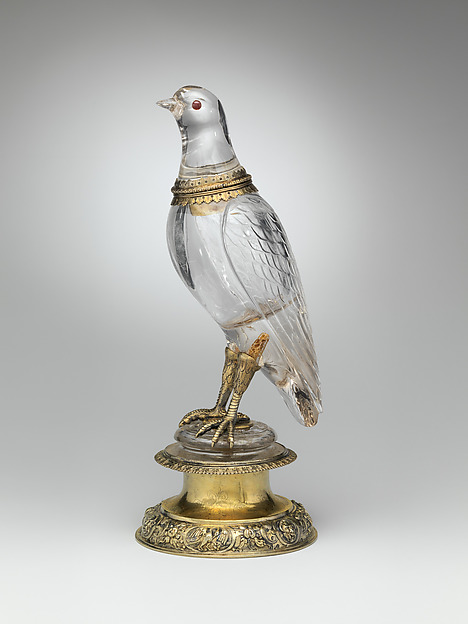Big Mind; Big Heart Gunter Blobel May 21, 1936—February 18, 2018
A brilliant scientist who won the Nobel Prize for Physiology in 1999, he gave the
million dollar award to the restoration of Dresden. He was not born in the city;
it was never his home yet from the age
of eight he lived there in his heart.
I first met Gunter Blobel in October, 2003. Everything about
him seemed over-sized. He was exuberant, expansive. He was also tall, his white
hair thick and wavy. There was something
lyrical about the way he talked; his hands swooped around as if in
accompaniment to his song. He managed to
look elegant with it being overly casual or studied. On this day he was wearing
a white linen shirt, black trousers and a black cardigan. A beige, heavy knit
cashmere scarf was wrapped around his neck. He seemed fit but was no body
braggart. (Later, I learned from another early bird around the Central Park Reservoir,
that he was an early morning runner.)
Dr Blobel sat down behind a desk was stacked with papers. I
was warned me that he was very busy; that our meeting would have be short. I did not doubt it. I felt sure his daily commitments
exceeded the number of hours in a day. One reason for this may be that he is a
charismatic and prodigious talker. It was two hours later that I stood up to
say goodbye. I apologized for having kept him from his work.
“When the subject is Dresden,” he said, “I can go on talking
for ever.”
Dresden was the reason I was there. I was dug into trying to find out more about a
famous collection of 18
th century porcelain that had been born and two
centuries later had met its death in Dresden. It was commissioned by Augustus
the Strong, the Elector of Saxony, who made the city his capital. In his race
to be the first in Europe with the recipe for hard paste porcelain he had set
up a factory at nearby Meissen. The early Meissen collection I was learning
about was later sold but it had stayed in Dresden until it was hidden in the mountains
outside for safekeeping during the Second World War. Against orders, a truck
loaded with it, was parked overnight in
the courtyard of the city’s residence palace. That was the first night of the
firebombing.

Surprisingly (some might say
miraculously) a decade later a few porcelain survivors of the great collection were
dug out of the still unsifted mounds of rubble.
These patched together small figures had become my guides to the
collection; to its owners and to the city with which its fate had been
intertwined from the first. Martin Roth,
Director of Saxony’s State Museums in Dresden, told me that I must talk with
Gunter Blobel. No doubt it was his introduction that made the encounter
possible. For all his warmth and generosity of spirit, I suspected that Gunter
Blobel would not have patience for people with whom he shared no interests.
Minutes after we
met, we were in the small village in Silesia where he grew up. It was towards
the end of the Second World War. This
region, then in Nazi Germany was later in Communist East Germany and now is in
Poland. Gunter was one of eight children. The youngest was two; the eldest a
teenager and he was eight when his father, a veterinarian, decided that they
must leave home where life was “a rural idyll.” The Russians were advancing
from the East.
“People believed
the Russian and American armies would meet at the Elbe,” Gunter Blobel told me.
And they were terrified. Russian troops
were infamous for rape and robbery. The
family was going to head for the American side of the river and the farm of relatives
in western Saxony. The car was packed; off they went.
Dresden straddles
the Elbe. It was the young boy’s first
sight of a big city. This one packed a particularly
potent punch. Since the 18
th century, Dresden had been one of Europe’s
culture centers: Bach played the inaugural concert on the organ in the
Frauenkirche; Wagner conducted the premiere of his Flying Dutchman at the
Semperoper. The Old Masters, porcelain,
arms and armour museums were world famous. For centuries, writers had remarked
on the beauty of its Renaissance and baroque architecture.

“It was a child’s fantasy,” Gunter Blobel recalled, still bewitched. “Everywhere there were putti,
statues, cupids with arrows pointing down at me. I asked my parents couldn’t we
stay longer? They said no.” The family reached
their new if temporary home in early February, 1945. Within days they heard reports on the radio
that Dresden was being bombed. They
already knew. “You could see for a hundred miles, the wine-red sky.”
The war in Europe was
over by May. The family headed east again. “There was rubble instead of road,”
he said. “We ate what we could scavenge in the fields.” Sometimes they found apples; sometimes things
that they had to boil before they were edible. “Everywhere there were burnt out
farms, dead animals—cows, horses.” Whole villages were destroyed.
Once again they came
to the Elbe.
“It took us a whole day to cross Dresden,” he
remembered. “It smelled of corpses. Broken statues were on the ground. It was horrendous, horrendous.”
This ebullient man I had been listening to had
tears in his eyes. He had not buried his
“horrible horrible, unimaginably horrible” memories. He allowed them to lay him
low and surely this was not the first time. Yet he had new and marvellous
images of the city to soothe him; not least of all because of his own heroic efforts.
The eight year old
who saw Dresden in ruins made a promise: If ever in his life he had money, he
would use it to help rebuild what had
been a magical city. In 1991 Dr. Gunter Blobel founded the Friends of
Dresden. In 1999, most of his million
dollar Nobel award went for the rebuilding of the city’s glorious Frauenkirche and
the replacement of a synagogue to replace one that had been destroyed by the
Nazis.
”I cannot tell you how hard I worked to raise the money,” he
said. “I couldn’t do it again.” Because
of his passion and all that very hard work, that was not and will not be
necessary.






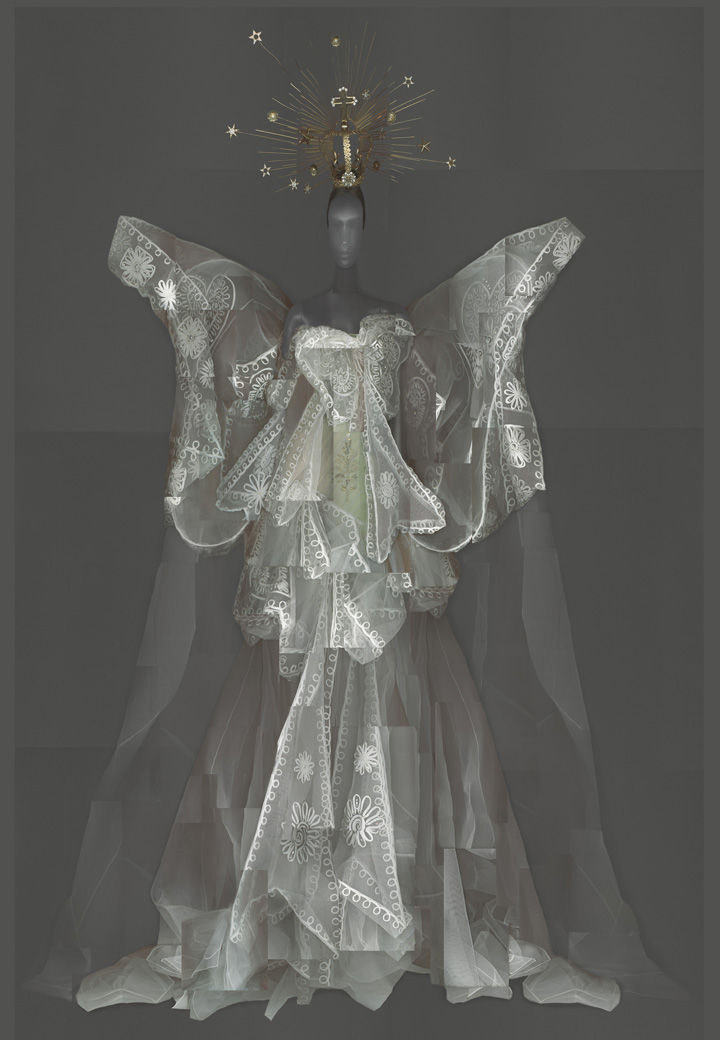
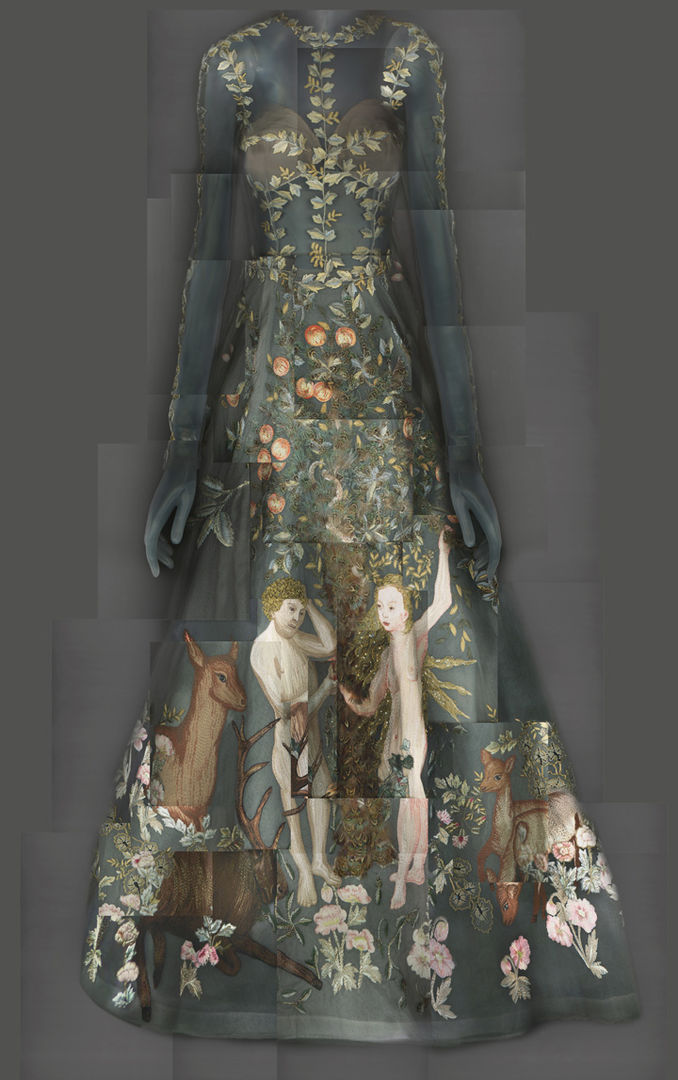

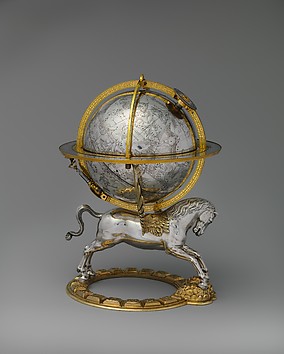 Just as you'd expect, Relative
Values at the Metropolitan Museum of Art, with its splendid 16th
century tapestries, jewels, sculpture and works of art is a beautiful show, even
illuminating. The surprise is that its also fun—with no dumbing down along the
way it tells the bracing story of the shifting fates of price and value. See it if you can. There’s lots of time—it doesn’t close until June next year. Congratulations to curator Elizabeth Cleland .
With seeming effortlessness—and wit—she has produced a terrific show ; one with a
timely and important story to tell. The
success of the exhibition is in part the result of the choice of these magnificent 62 works most from the Met's collection. But it
is also due to Ms Celeland’s intelligent, cunning and amusing choice of assistants. Bring on the cows. Or if we are talking about the Celestial Globe above, bring on a herd of them.
Just as you'd expect, Relative
Values at the Metropolitan Museum of Art, with its splendid 16th
century tapestries, jewels, sculpture and works of art is a beautiful show, even
illuminating. The surprise is that its also fun—with no dumbing down along the
way it tells the bracing story of the shifting fates of price and value. See it if you can. There’s lots of time—it doesn’t close until June next year. Congratulations to curator Elizabeth Cleland .
With seeming effortlessness—and wit—she has produced a terrific show ; one with a
timely and important story to tell. The
success of the exhibition is in part the result of the choice of these magnificent 62 works most from the Met's collection. But it
is also due to Ms Celeland’s intelligent, cunning and amusing choice of assistants. Bring on the cows. Or if we are talking about the Celestial Globe above, bring on a herd of them.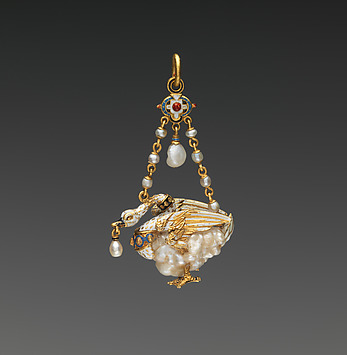 The first owner of the gilded silver tankard
fashioned in Augsburg could have bought 5
cows for the same money. As for the elegant rock crystal bird with silver
legs and ruby eyes made in Nuremberg (my favorite in the show), a mighty
shake of the money tree was needed. It cost Cow x 275.
The first owner of the gilded silver tankard
fashioned in Augsburg could have bought 5
cows for the same money. As for the elegant rock crystal bird with silver
legs and ruby eyes made in Nuremberg (my favorite in the show), a mighty
shake of the money tree was needed. It cost Cow x 275. 